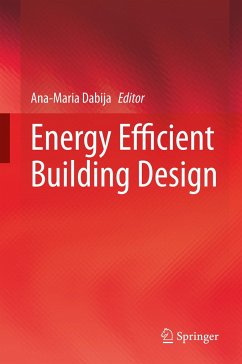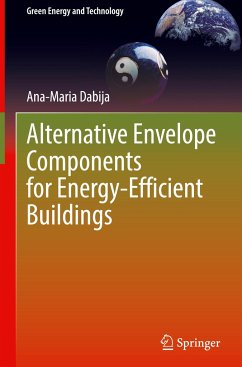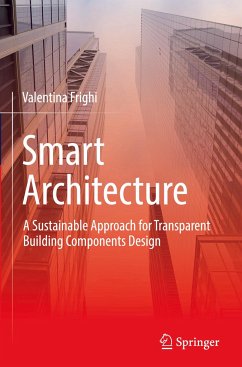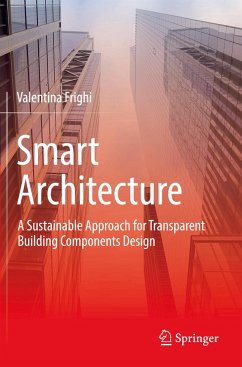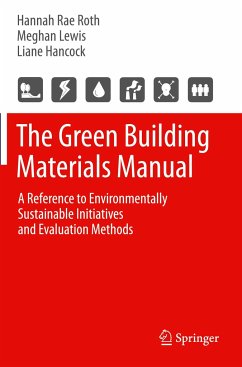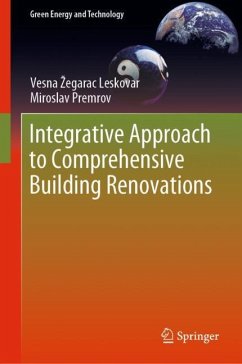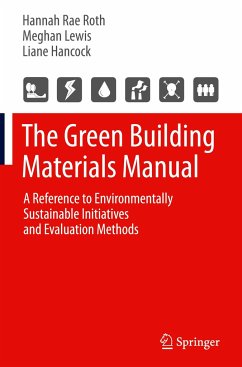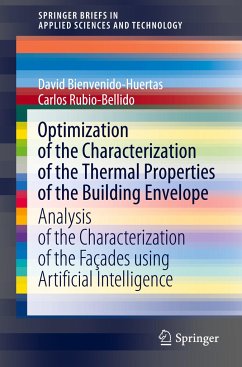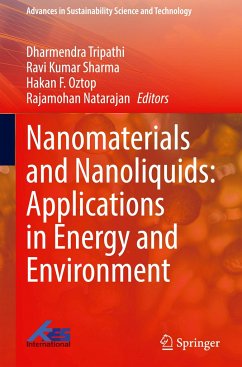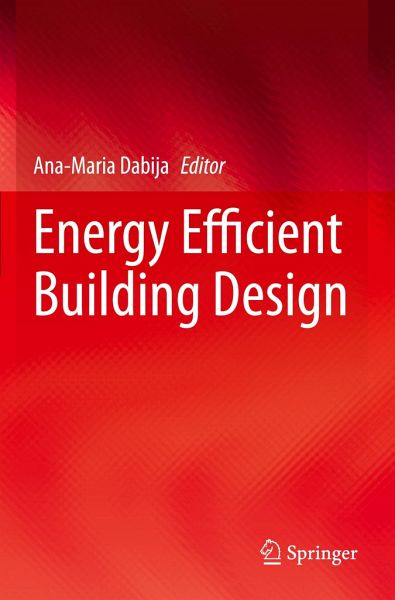
Energy Efficient Building Design
Versandkostenfrei!
Versandfertig in 6-10 Tagen
98,99 €
inkl. MwSt.

PAYBACK Punkte
49 °P sammeln!
This book is the result of recent research that deals with the built environment and innovative materials, carried out by specialists working in universities and centers of research in different professional fields architecture, engineering, physics and in an area that that spans from the Mediterranean Sea to the Persian Gulf, and from South Eastern Europe to the Middle East. This book takes the necessity of re-shaping the concept of building design in order to transform buildings from large scale energy consumers to energy savers and producers into consideration. The book is organized in two ...
This book is the result of recent research that deals with the built environment and innovative materials, carried out by specialists working in universities and centers of research in different professional fields architecture, engineering, physics and in an area that that spans from the Mediterranean Sea to the Persian Gulf, and from South Eastern Europe to the Middle East. This book takes the necessity of re-shaping the concept of building design in order to transform buildings from large scale energy consumers to energy savers and producers into consideration. The book is organized in two parts: theory and case studies. For the theoretical part, we chose from the wide range of sources that provide energy efficient materials and systems the two that seem to be endless: the sun and vegetation. Their use in building products represents a tool for specialists in the architectural design concept. The case-studies presented analyze different architectural programs, in different climates, from new buildings to rehabilitation approaches and from residential architecture to hospitals and sports arenas; each case emphasizes the interdisciplinarity of the building design activity in order to help readers gain a better understanding of the complex approach needed for energy efficient building design





